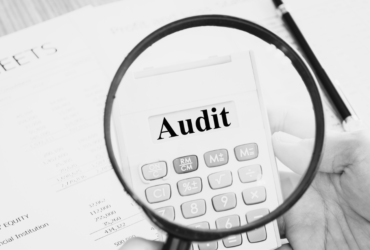
Are Insurance Premiums on the Rise?
April 2, 2021
The Australian Insurance Market has long been described as cyclical, for instance: it moves through both hard and soft market conditions. In a ‘hard’ market premiums increase and underwriting capacity is eroded. ‘Soft’ markets are characterised by falling premiums and aggressive insurers chasing market share.
Based on recent evidence, it is estimated we are currently somewhere between twenty and ten to the hour on the insurance cycle clock. The answer to this question is multi-faceted, but the key factors can be summarised as followed:
1. Poor Underwriting Results: Being a claims-made class of insurance, it takes several years for Insurers to have a true guide on their ultimate loss ratio for any one year. The latest Australian Prudential Regulation Authority (APRA) statistics show that for the 2013 year, the loss ratio was 99.6% and is hovering around 80% for the subsequent three years. Consequently, this means that back in 2013, for every $1 premium an Insurer collected they are paying out $0.99 in claims. This figure excludes the Insurer’s operating expenses which on average sit at around $0.30. Therefore, Insurer’s loss ratios need to be under 70% – taking into account operating expenses – in order for them to generate a profit. It is understandable why Insurers are looking to push up rates!
2. Low Investment Returns Low interest rates mean that Insurers can no longer rely on their investment returns to bolster unprofitable results. The decline in world real interest rate is unprecedented and has dipped to about 0.5% since 2016 which is lower than it did even during the Great Depression in the 1930s. (Source: Global Trends in Interest Rates – Federal Reserve Bank of New York 9/18)
3. Construction Concerns The construction sector has been a source of ever-increasing liabilities for Insurers, both in terms of the number and value of claims. The industry is still reeling from the Grenfell Tower fire in the UK and the Neo200 tower fire in Melbourne in 2019. The potential need for costly remedial work to hundreds of similar buildings has led to a wave of notification to professional indemnity Insurers.
4. The Lloyd’s Review At the end of 2018 Lloyd’s of London conducted a review of its worst performing lines of business and non-US Professional Indemnity Insurance was identified as one of the worst, with claims payouts substantially exceeding premium income. Lloyd’s reacted with several measures designed to compel improvements in performance, including requiring its syndicates to submit plans to ensure a swift return towards greater margins on pure underwriting and profitability. For many syndicates this meant the end of their presence in the market or substantially reduced capacity.
5. Low Societal Trend Toward Increased Litigation This trend was exacerbated by larger payouts and the greater proportion of actions being awarded in favour of the plaintiffs and ultimately, against Insurers.
6. A Hardening Reinsurance Market The reinsurance market is where Insurers buy their own insurance and allows them to spread their risk around the world by taking out cover against large losses they may face, for instance; US and UK markets have to pay out on global hurricanes, flood and aviation losses. The global reach of COVID-19 could have a more significant impact on the reinsurance market as countries around the world face similar accumulation of risk and impacts upon their economies, making it more difficult to find opportunities to spread localised risks.


